Ever since China was discovered through the writings of Marco Polo, the large Asian country has come to be considered an embodiment of all that is eye-catching, mysterious, exotic, and an absolute wonder. The Chinese have preserved several historic sites which are important to their culture. Some of these sites are the Summer Palace and the Forbidden City found in Beijing, the famous Great Wall, and so many others. In this write-up, we will be looking at one of the most fascinating, unusual, and adventurous historic site in China – the Forbidden City.
What is the Forbidden City?
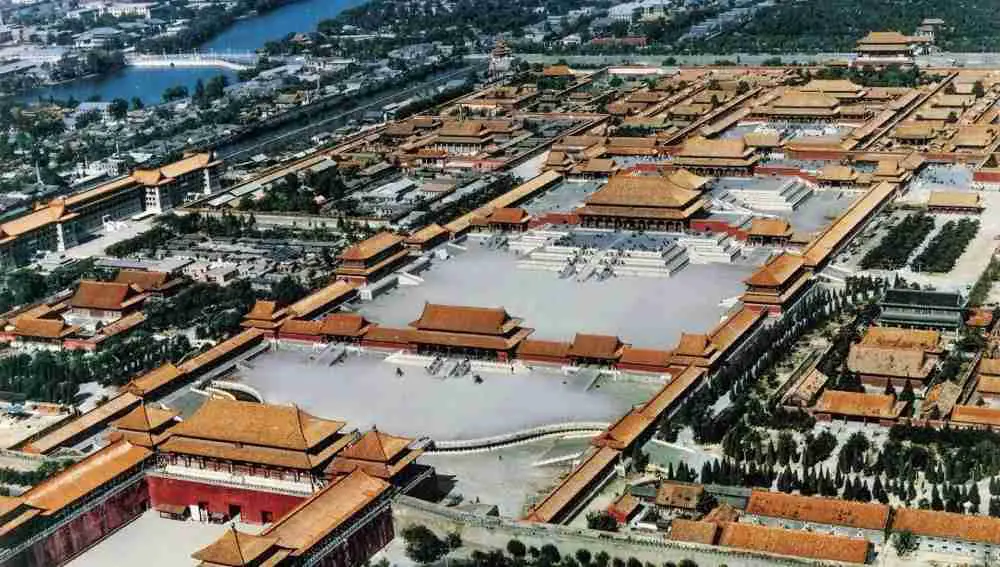
The Forbidden City (Zǐjìnchéng), which is also known as the Imperial Palace is China’s largest and most important building. It is situated in the heart of Beijing and has become one of the most important historic sites in the country. It was started during the Yuan Dynasty, from 1271 and 1368. However, much of the complex that we see today was built from 1406 to 1420. It covers over 700,000 square meters and it is protected by a 10-meter high wall with a wide moat and watchtowers.
It features many splendid palaces in one complex and was the residence of twenty four emperors from the Ming and Qing dynasties. The emperors at the time forbade the entry of anyone who wasn’t part of the Imperial family or anyone who didn’t work in the palace. The palace had different areas that were specifically set aside for administrative and ceremonial purposes, and it also served as a private residence used by each one of the twenty four emperors.
Some of the highlights of the Forbidden City are its thirty five-meter-building that houses the imperial throne, the 5 white marble Golden Lakes, the Palace Museum that features a massive collection of artifacts and art pieces from the Ming and Qing dynasties, and the Hall of Supreme Harmony.
Where is the Forbidden City?
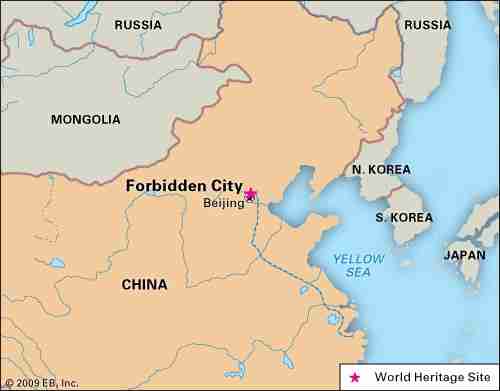
The Forbidden City, which is also known as the ‘Old Palace’ or the ‘Palace Museum’ is located in Beijing, which is the capital of China. To be more specific, it is found on the North-Eastern part of the country, bordering the China Sea. When looking into its GPS location, the Forbidden city has the following coordinates: 39 ° 54 ‘54.70 “North / 116 ° 23’ 25.71” East.
It occupies a large portion of Beijing, which is a city with a massive population, rampant urbanization, and is very industrial. The Chinese out rightly believe that the existence of the Forbidden City led to the historical, social, economic, and political development of Beijing to where it is right now. It is protected by 2 rows of ramparts, one which is the palace and the other which is the city. This means that the Forbidden city/Imperial Palace was built on a very strategic location.
At the beginning of the 15th century, rather when the Forbidden City was being constructed (that is, between 1406 and 1420), the city of Beijing was more of a symbol than an actual stronghold of the People’s Republic of China. It was mostly associated with the Mongol Kingdom that ruled China between 1271 and 1368, during the popular Yuan Dynasty. The Yuan Dynasty, also known as the Mongol Dynasty greatly subjugated the Chinese population but significantly contributed to the growth of the country at large.
When the Mongol Empire fell, a new dynasty ascended the Chinese throne. This time round, it was a Chinese emperor – one of their very own known as, Emperor Zhu YuanZhang. Emperor Zhu was the mastermind and ruler who created the famous Ming Dynasty, which significantly shaped the culture and history of the People’s Republic of China. He strategically chose Nanjing as his capital because it was the city from which he was able to reclaim his territory. With time, the Forbidden City was built in Beijing and it became an administrative capital.
When was the Forbidden City built/ who built the Forbidden City?
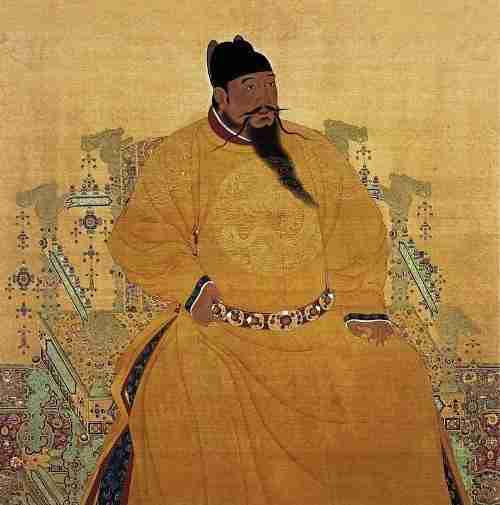
The Forbidden City, which we are calling the Old Palace, was built in 1406. From 1406, for approximately fourteen years, the courts of the Ming Dynasty constructed what we identify the largest palace in the world. To be more specific, the Forbidden City was constructed from 1406 to 1420 by the Ming emperor Zhu Di. The palace witnessed successful enthronement of 10 Qing and 14 Ming emperors over the following 505 years.
why was the forbidden city built? When Emperor Chengzu of the Ming Dynasty ascended the throne in 1402, he wanted to move the capital of the Ming Dynasty from Nanjing to Beijing. In 1406, however, the city of Beijing was completely destroyed and the people living there were impoverished after a very devastating war. For this reason, the construction of the imperial palace needed a lot of planning and resources. This did not stop his plan of transferring administrative capitals. He went ahead and ordered the construction of the Forbidden City.Its purpose was to consolidate his imperial power and protect his own security.
Who lived in the Forbidden City?
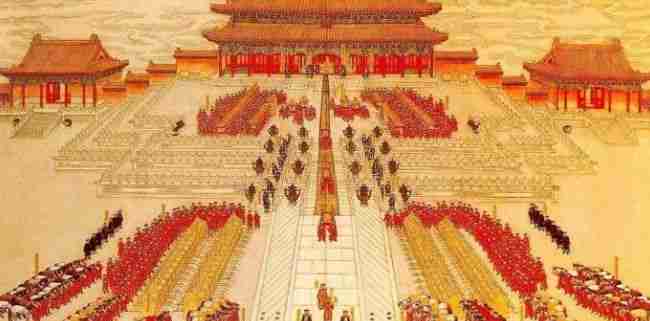
For over 500 years, the Forbidden City was the political, cultural, and ritual center of China. After its completion in 1420, the imperial palace was a home to twenty four emperors, along with their families and the multiple servants that they had during the Ming (between 1368 and 1644) and the Qing (between 1644 and 1911) dynasties. During this time, the palace was only accessible to the emperor who had taken up the throne, his concubines, his immediate family, his government officials, and hundreds of eunuchs who served as guards and servants in women, quarters or emperor harems. The eunuchs were also the chamberlains to the Emperor at the time. New renovations were made on the palace every time a new Chinese emperor ascended the throne.
How long did it take to build the Forbidden City?
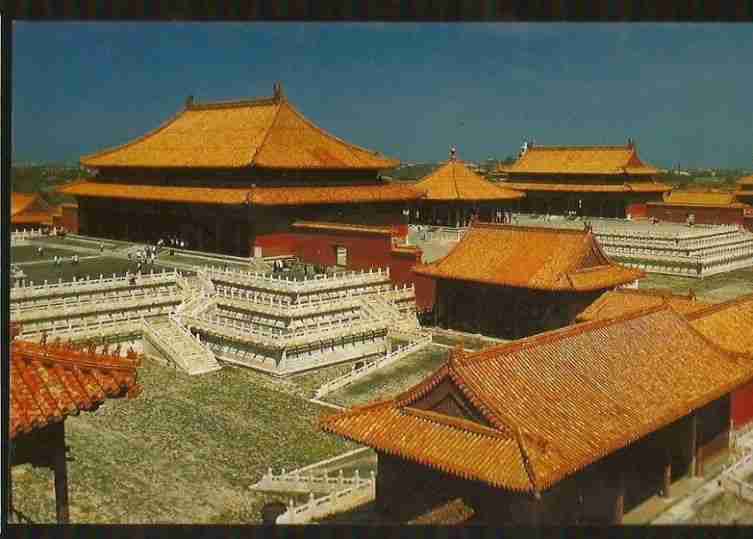
The construction of the Forbidden City lasted 14 years and it employed the work of many architects, over 100,000 skilled artisans and about a million laborers.
The pillars of the most important walls in the palace were made of whole log woods of the finest hardwood tree, known as the Phoebe Zhennan, which is very straight and grows about thirty meters tall. The logs were transported from the dense forests found in Southwestern China all the way to Beijing in the northwest for this specific purpose. The great pillars that we see today, however, were rebuilt using several pieces of Pinewood during the Qing Dynasty.
The large stone carvings and grand terraces were made of different stones and rock blocks that were transported from quarries near Beijing. Some of these blocks were massive and weighed more than 300 tons. These heavy stones could not be transported conventionally by the well-built laborers. Instead, they were transported on special trenches that were dug and filled with water from the wells during the winter season. The water then formed several layers of ice and the heavy stones were seamlessly trailed on the ice.
The floors of the imperial palace, what we are calling the Forbidden City, were paved with what the Chinese referred to as ‘golden bricks’. The golden bricks were backed with clay from seven counties of Songjiang and Suzhou prefectures. Each batch of clay took several months to bake, and the outcomes were smooth building bricks that rang with a metallic sound.
Another major construction project in the Forbidden City was the excavation of the moat and piling up the silt towards the north of the palace to create a small artificial hill known as the Jingshan Hill. The moat is about 52 meters wide and 6 meters deep.
How big is the Forbidden City/ how many rooms are there in the Forbidden City?
Just as recorded in the Guinness World Book of Records, the Forbidden City is the largest imperial palace in the world. It runs about 823 yards from east to west and extends 1,051 years from the north wing to the south wing, covering an area of approximately 7.75 million square feet. It is comprised of 980 buildings with more than 9,000 rooms. According to the last counting by different archeologists and researchers, the Forbidden City/the Old Palace has about 9,371 rooms. It falls into 3 parts, the Inner Court, the Outer Court, and the defenses (that is, the moat and wall).
However, Chinese mythology claims that the Forbidden City has a total of 9,999 and a half rooms because only God in heaven is entitled to 10,000 rooms. Back then, Emperor Chengzu, who built the Forbidden City, publicly proclaimed that he was the son of the God of Heaven, so his palace was supposed to be slightly smaller than his father’s.
Why is it called the Forbidden City in China?
The English name ‘Forbidden City’ is the equivalent of the Chinese name ‘Zijin Cheng’. The name ‘Zi’ meant the ‘North Star’, which according to Chinese astrology was the heavenly home of the Celestial emperor. The Ziwei enclosure was considered the world of the emperor and his family. Based on this background, the Forbidden City was considered the earthly counterpart of the Forbidden City.
It was mainly forbidden, with reference to the fact that no one was allowed to leave or enter the walled city or Check, without seeking permission from the Emperor. The only people who had unlimited access to the palace were the Emperor’s immediate family, his workers, and invited high officials.
Interesting Facts about the Forbidden City
Here are some of the most interesting facts about the Forbidden City:
- It is the world’s largest imperial palace
We often consider the Louvre Palace in France as one of the largest palaces in the world. However, the Forbidden city occupies about 7,750,000 square feet, making it 3 times larger than the Louvre. According to the Guinness World Book of Records, the Forbidden City is the largest imperial palace in the world, leave alone the largest museums to have ever existed.
The Forbidden city has over 8,000 rooms, 980 buildings and a lot more than nine hundred and eighty palace quarters and courtyards. It is so big that you cannot explore the entire imperial palace in a day or even a week!
- A great portion of the Forbidden City is still forbidden access
As we mentioned earlier, the main reason why it is known as the Forbidden City was because no one was allowed to enter or leave the walled area without seeking permission from the Emperor. Now that it is a museum which is open to the public and a great tourist attraction site, we would assume that it is fully accessible by anyone. However, this isn’t the case. Only 60% of the Forbidden City is open to the public. The other 40% is an absolute no-go zone. The main reason behind this is because the Forbidden City is currently undergoing a few renovations and repairs. Towards the end of the what, however, 80% of the palace should be fully open to the public.
- It’s roof is specifically designed to prevent birds from landing
When you look at several pictures of the Forbidden City, you will notice that there are none with birds on its roof. Also, when you visit the Forbidden City, one of the things you will notice is that there are no birds on the roof unlike other buildings all over the world. This is mostly because the roofs have a very special design.
The architects and skilled artisans designed the roof of the Forbidden City in such a way that it can keep the birds away. They made the roof spine much wider than the width between the claws of any bird so that the birds cannot land of the roof. The main reason behind this was to fully retain the cleanliness and magnificence of the Forbidden Palace.
- There is a special fire brigade that ensures fire prevention in the Forbidden City
The Forbidden City is the largest imperial palace recognized in the World Book of Records and by the UNESCO. Additionally, it is the best-preserved ancient wooden complexes worldwide. Based on this background, if a fire ever broke out, the losses would be heavily felt by the people’s republic of China and the world at large.
For this reason, the palace is well equipped to handle a fire outbreak. There are 4,866 fire extinguishers, 54 preplanned firefighting activities, and about 94 underground hydrants in the complex. In addition to that, there is a special fire brigade dedicated to fire prevention in the Old Palace. The fire fighters check fire equipment every day and they are trained to run as fast as possible along the city walls carrying fire hoses, while mastering the whole layout of the city. This way, they are more prepared to handle a fire outbreak.
- There are no trees on the outer court of the Forbidden City
The Forbidden City has two courts: the residential inner court and a ceremonial outer court. There are very many trees found in the residential out, but there are none in the outer court. While there isn’t a universal conclusion as to why there aren’t any trees in the outer court of the Forbidden tress, there are two theories that try to explain why it is bare.
The first one considers the fact that the outer court was where the emperor displayed his imperial dignity and supreme godly power. At the same time, the outer court was where all the public ceremonies of the Ming Dynasty were held. That means that if there were too many trees, they would overshadow any of these activities and would disrupt the atmosphere during ceremonies.
The second theory claims that too much vegetation often gave the enemies and other assassins’ places to hide during an attack. However, by leaving the land bare, the assassins protecting the Ming Dynasty were able to get clear lines of sight and protect themselves. In simpler times, it was for defense purposes.
- The gates of the Forbidden City have 81 door nails arranged in a symbolic manner
Back then, during the Ming and Qing dynasties, the number of doornails on the door of any building symbolizes the status of the person residing within the premises. When you get to the entrance of the Forbidden City, you will realize that the arrangement of nails on the gate is 9 rows by 9 rows. Generally, 9 is considered the largest singular number in the numerical range, hence a symbol of the supremacy associated with the emperors who lived in the Imperial palace.
What is the Forbidden City used for today?
As the center of politics, the seat of power, and the imperial palace during the Ming Dynasty, which existed between 1368 and 1644 AD, and the Qing Dynasty, which existed between 1644 and 1911 AD, the Forbidden City remains an epitome of Chinese historical development and cultural ties. For this reason, it is valued as an important historic site in the People’s Republic of China.
Today, it is an abode to the Palace Museum. The Forbidden City houses over a million unique and rare Chinese artifacts and art work. Most of these valuables were preserved from the Ming and Qing Dynasties.